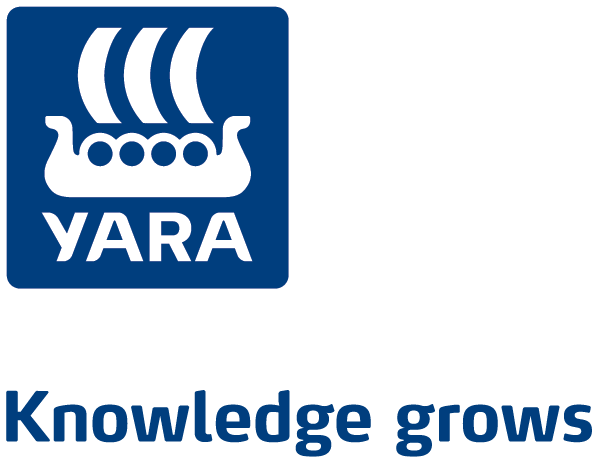Influencing Banana Yield
The highest banana yields are obtained on freely drained soils where water is not limiting. Thorough soil preparation prior to planting, and maintenance of optimum pH, the farmer ensures good rooting and that nutrients are readily available.
The return of trash will serve as a mulch as well as a valuable source of nutrients. Choice of cultivar and spacing to match site and climate is critical to ensure crops make best use of environmental conditions so that maximum banana yields are achieved.
Control of salinity within the root environment and water supply management will maximize banana growth, ensuring good nutrient availability. Fertilizer nutrition is also essential if high yielding banana crops are to be achieved.
Crop Nutrition and Banana Yield
Nitrogen and potassium are key elements in boosting leaf, pseudostem and sucker growth, maximizing flowering, banana fruit set and fill, as well as yield potential.
Over-use of nitrogen can however, weaken the pseudostem increasing the risks of storm damage and bunch drop.
Over-use of potassium can induce calcium and magnesium deficiencies, reducing banana yield.
Potassium has a large effect on banana yield, with peak demand being around flowering.
Phosphorus is important for early growth and rooting, as well as for flowering and banana fruit set.
Calcium is needed to ensure vigorous root, leaf and sucker development, thereby providing high yields. Its effects are most important in ensuring high quality fruit with long term storage potential.
Magnesium and sulfur have a direct effect on yield, increasing the number and weight of fruit per banana bunch.
Poor availability of any micronutrients will also restrict plant growth – particularly productive leaf area – and reduce banana bunch weight and yield.






















































